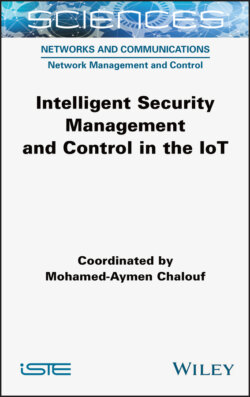Читать книгу Intelligent Security Management and Control in the IoT - Mohamed-Aymen Chalouf - Страница 12
1.2. Changing access network in the IoT
ОглавлениеManaging mobility, QoS and energy in heterogenous networks is a major challenge for modern communications systems. So, a number of offers have come to light in recent years to enable a user to stay connected as much as possible, in any place.
In cases where heterogenous networks co-exist, an object equipped with several interfaces should be able to choose the access network best adapted to its needs, from among those available. Vertical handover (VHD) decision-making algorithms were designed to this end. The main purpose of these algorithms is to ensure the required QoS while still guaranteeing a transparent mobility between the different access technologies. Recently, several solutions have been suggested to overcome these challenges in an IoT context. These solutions (VHD algorithms) can be classed into five categories (Kassar et al. 2008; Zekri et al. 2012; Bhute et al. 2014) depending on the approach considered: classical, artificial intelligence (IA), cost-dependence, multiple attribute (Xiao and Li 2018) and decision-making, depending on the context.
In addition to the constraint linked to QoS and to mobility, the objects have an energy constraint. It is therefore important to consider energy consumption when selecting the most appropriate access network. Thus, several VHD solutions focus on energy efficient networks (Tuysuz and Trestian 2017). Most of these solutions used IEEE 802.21 MIH (Iqbal et al. 2019) and ANDSF (Access Network Discovery and Selection Function) protocols to collect information. Moreover, existing VHD systems make it possible to save energy by minimizing the scanning/detection time needed to discover the wireless network or to select the access point most economical with energy (Xenakis et al. 2011).
